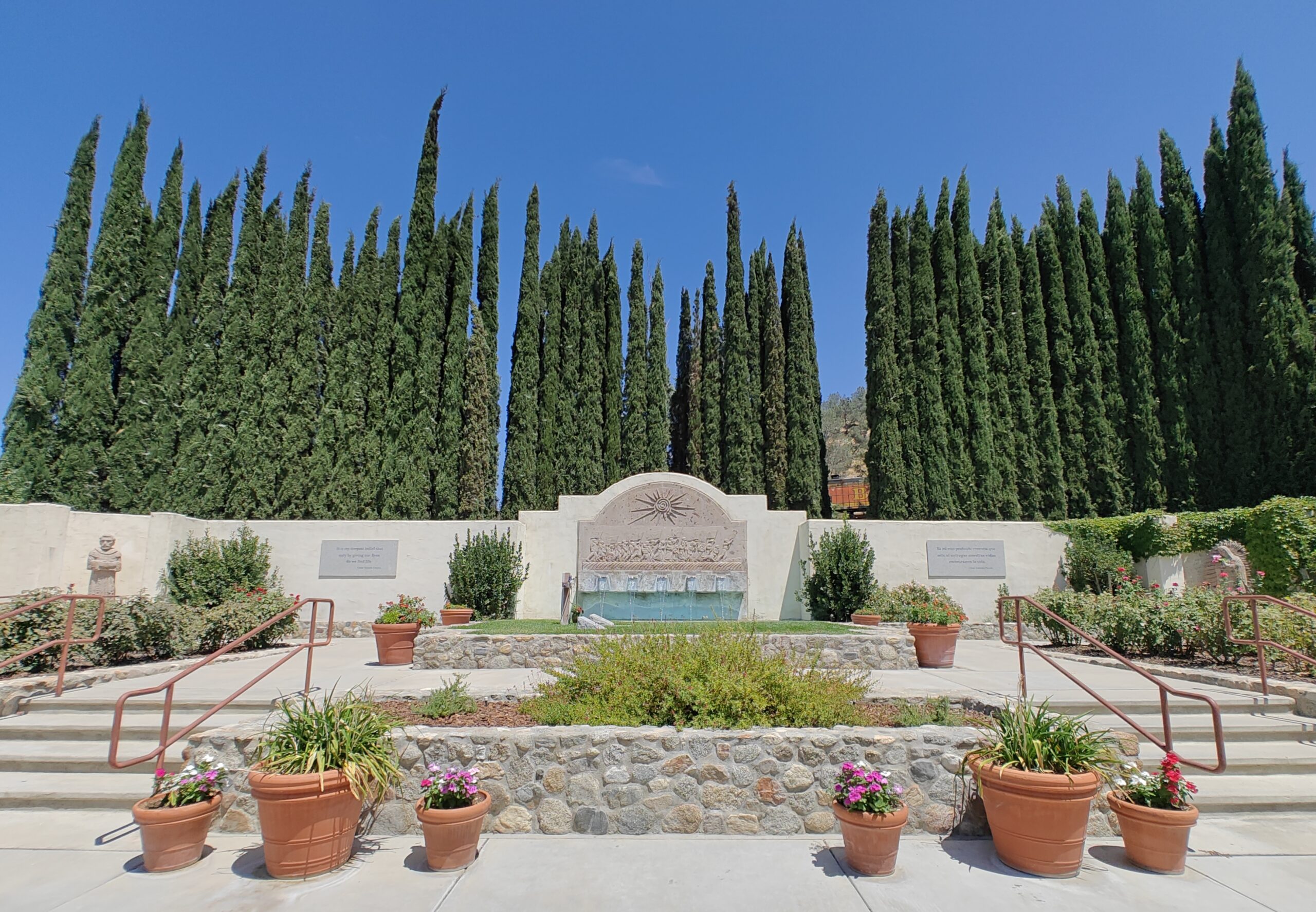César E. Chávez is easily one of the most influential figures in California, right up there with Harvey Milk. However, I’ve never really had a chance to visit the Cesar Chavez National Monument, which is several hours away from Fresno. As I’m on a road trip going south from Fresno, I took a stop in Bakersfield. Being just 31 miles, it was time to check out the monument. César E. Chávez is buried there, alongside his wife who passed away in 2016, in the garden area (was too hot for me to explore the rest of it!). The main building is full of history and visuals on what Chávez fought for, and parts of his personal life (including his office).

Under the leadership of César E. Chávez and others such as Dolores Huerta and Larry Itliong, along with support from millions of Americans, the farm worker movement joined forces with other reform movements to achieve unprecedented successes that greatly improved working and living conditions and wages for farm workers. During the 1970s the United Farm Workers of America (UFW) grew and expanded from its early roots as a union for farm workers to also become a national voice for the poor and disenfranchised. The enduring legacies of César E. Chávez and the farm worker movement include passage of California’s Agricultural Labor Relations Act of 1975, the first law in the U.S. that recognized farm workers’ collective bargaining rights.
